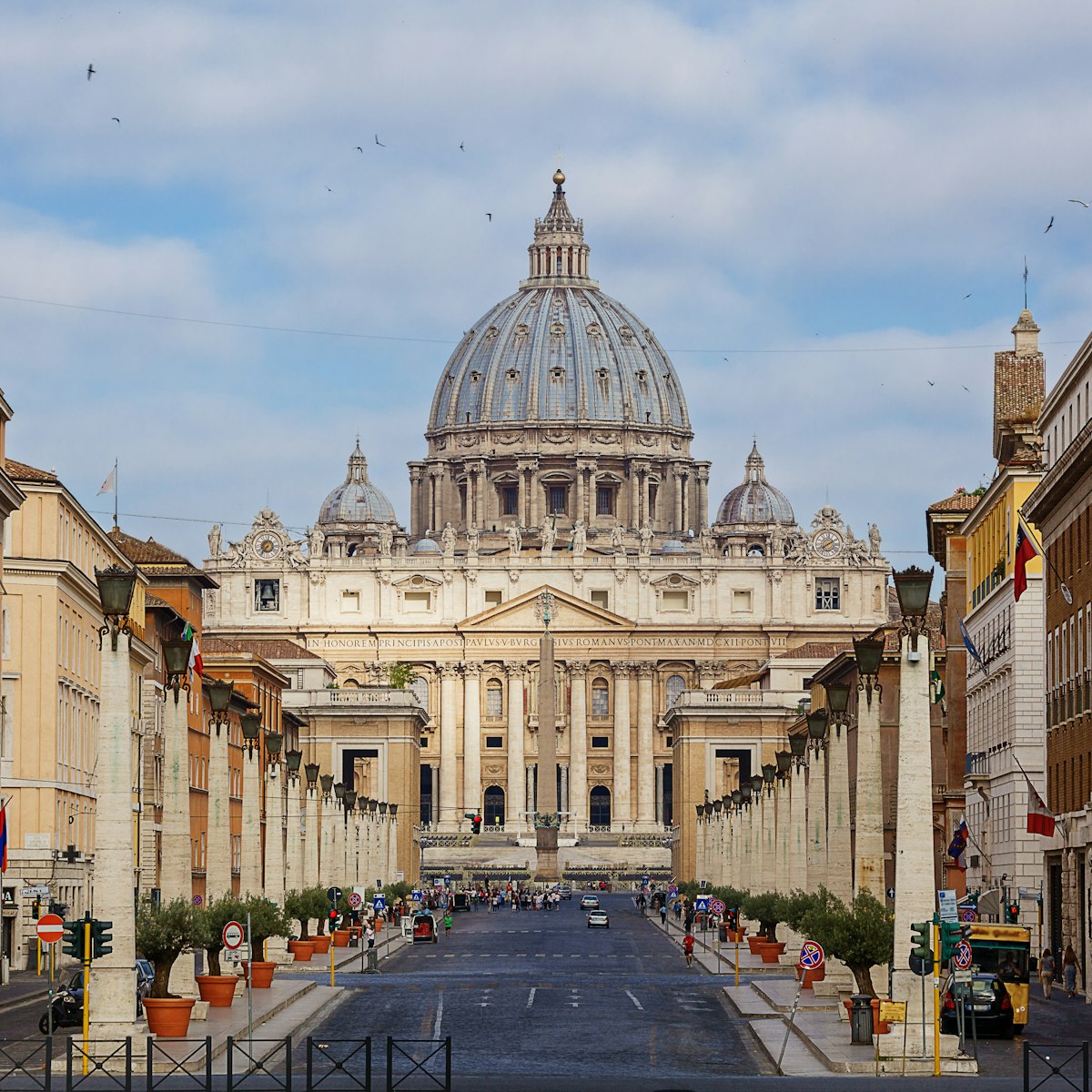In the hilltop centre, the steeply terraced grounds of Villa d'Este are a superlative example of a Renaissance garden, complete with monumental fountains, tree-lined avenues and landscaped grottoes. The villa, originally a Benedictine convent, was converted into a luxury retreat by Lucrezia Borgia's son, Cardinal Ippolito d'Este, in the late 16th century and later provided inspiration for composer Franz Liszt, who wrote The Fountains of the Villa d'Este after spending time here between 1865 and 1886.
Before heading out to the gardens, take time to admire the villa's rich mannerist frescoes. Outside, the manicured park features water-spouting gargoyles and shady lanes flanked by lofty cypress trees and extravagant fountains, all powered by gravity alone. Look out for the Bernini-designed Fountain of the Organ, which uses water pressure to play music through a concealed organ, and the 130m-long Avenue of the Hundred Fountains.







